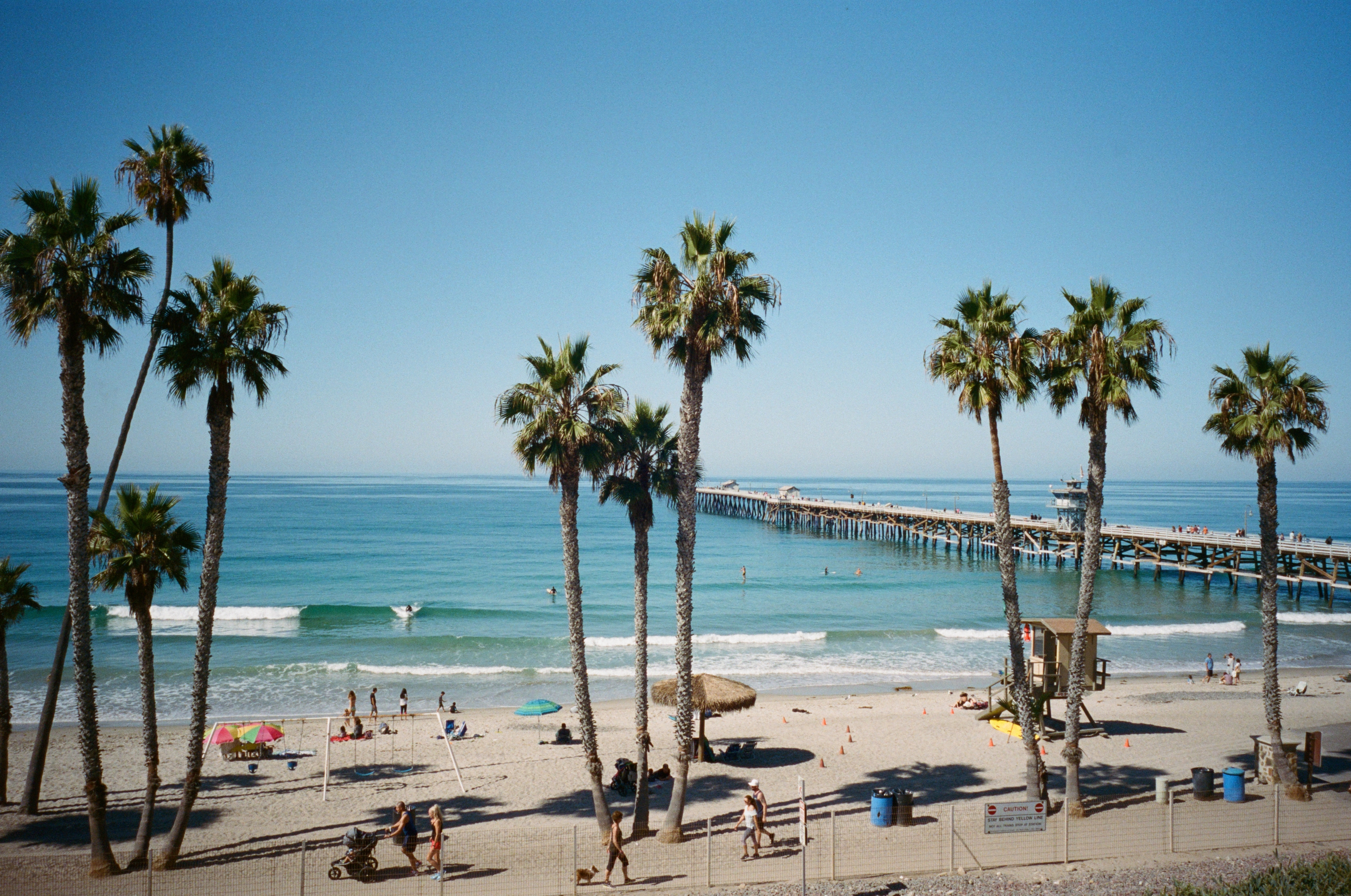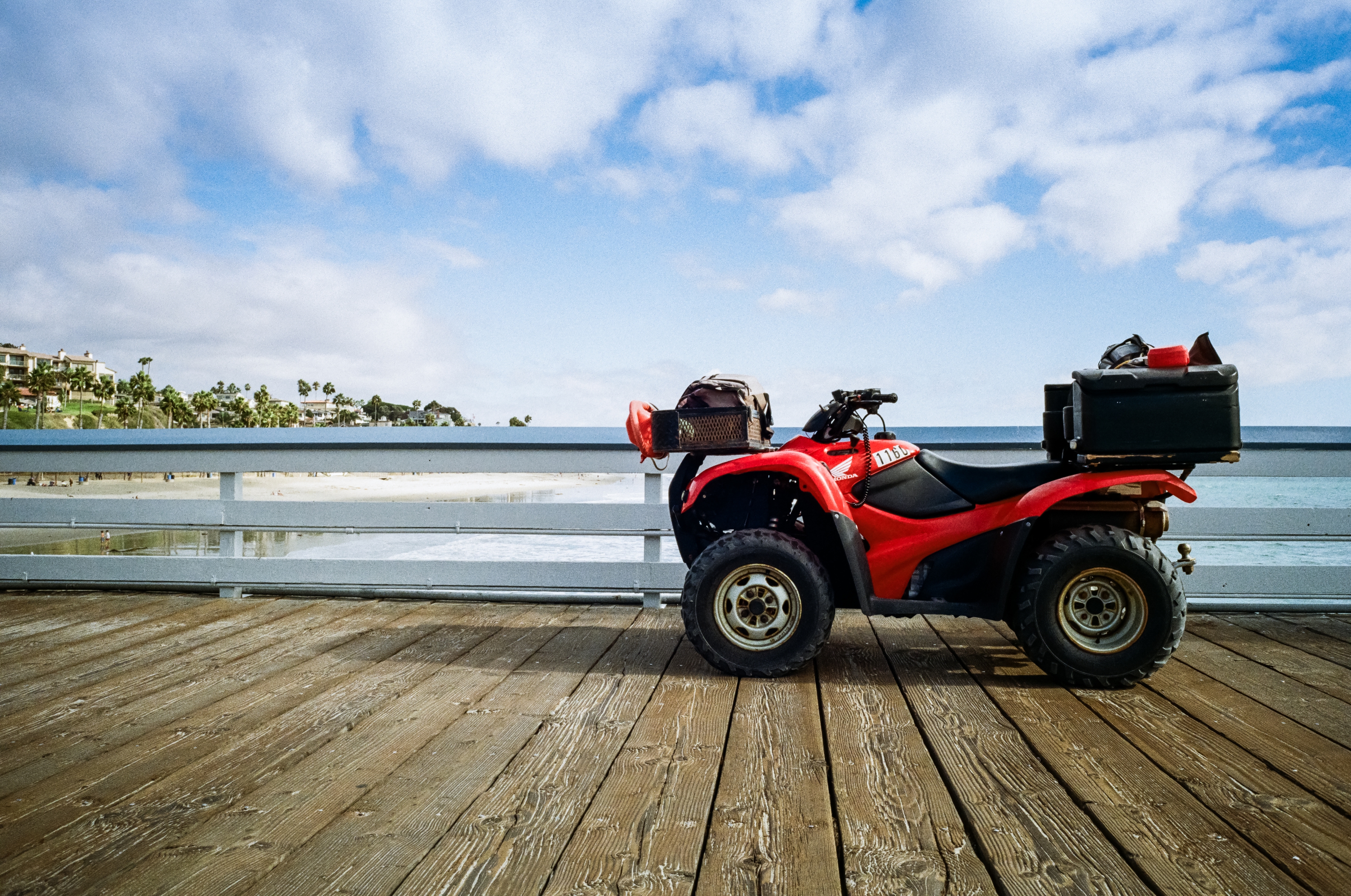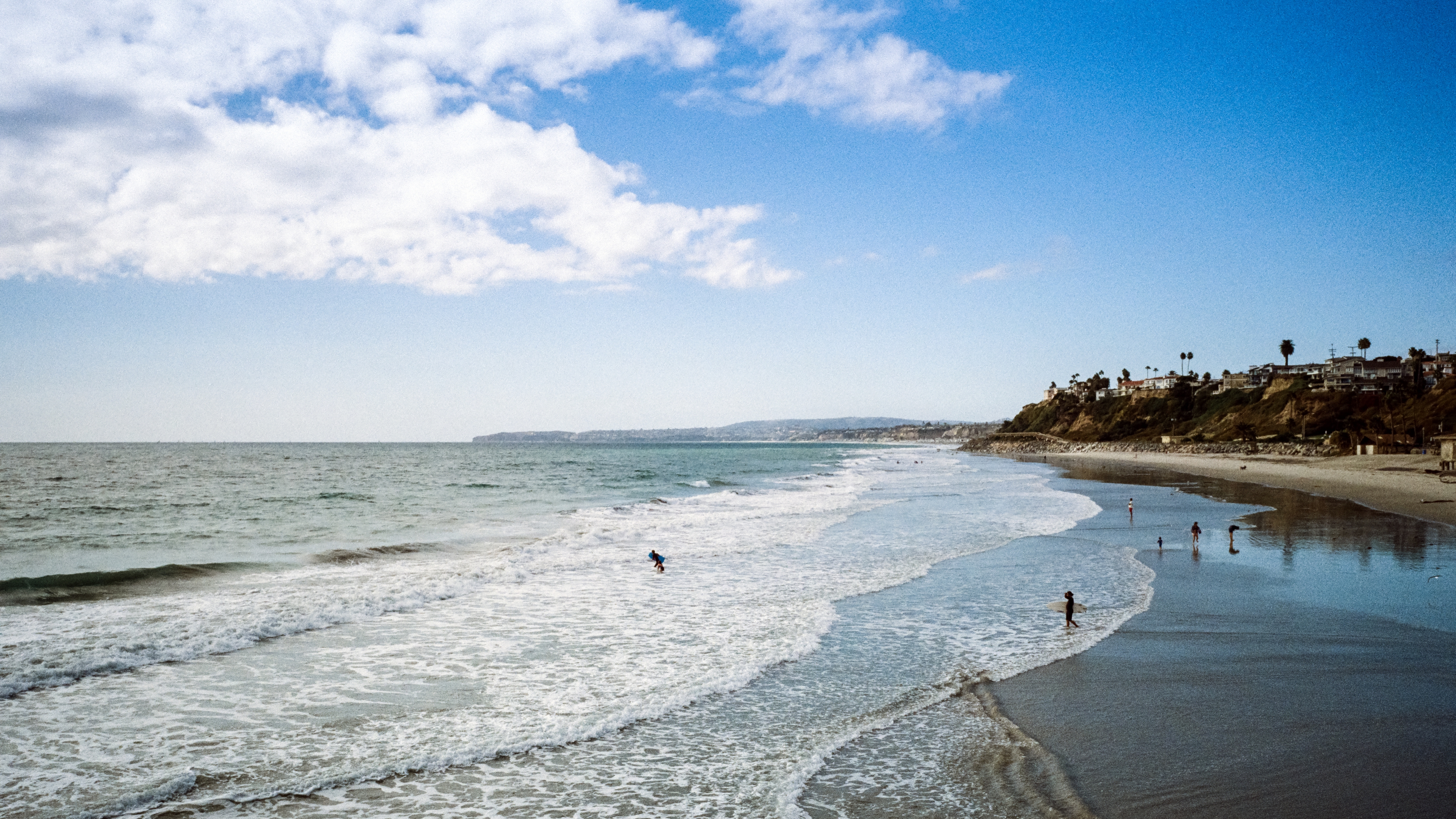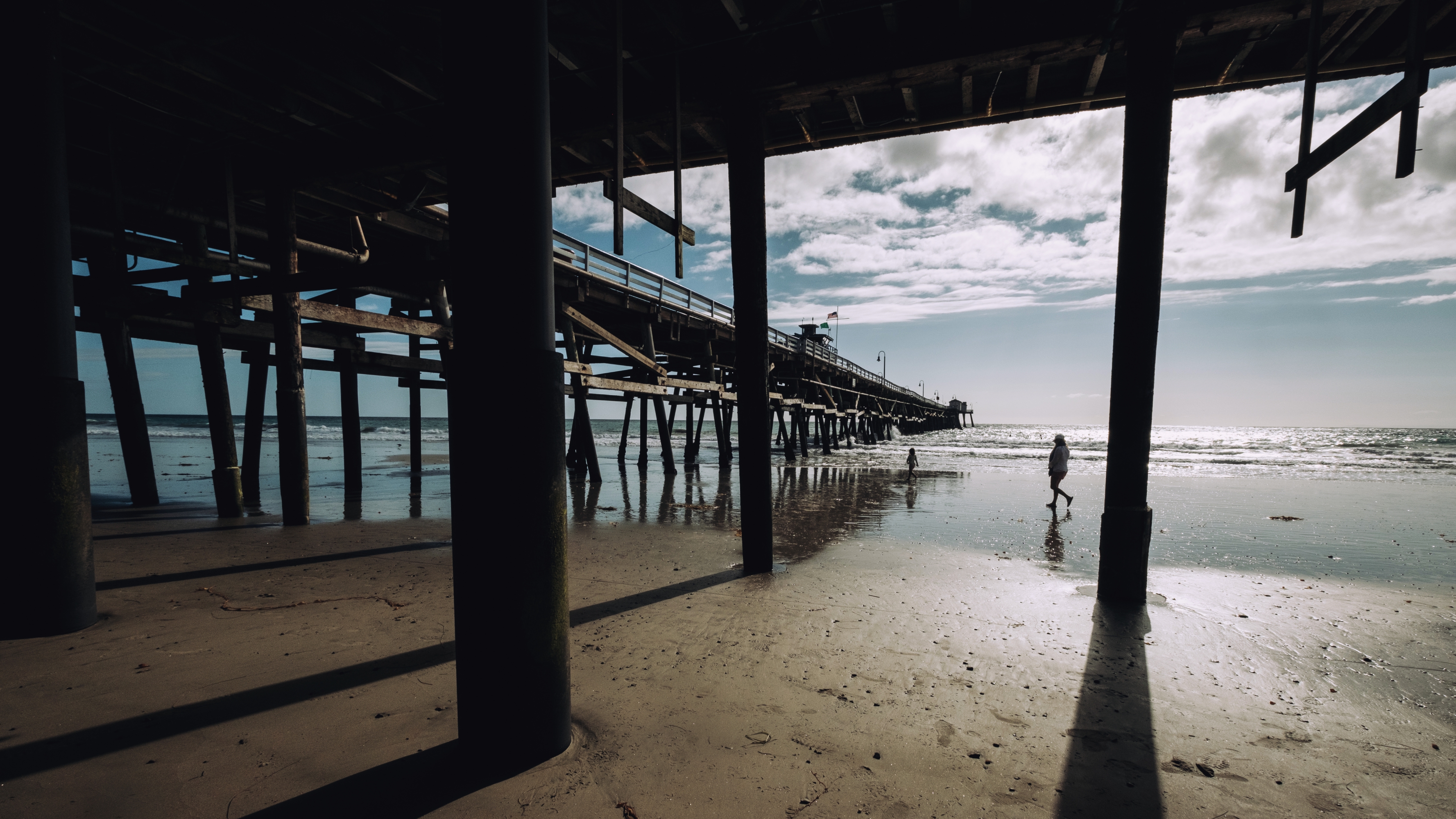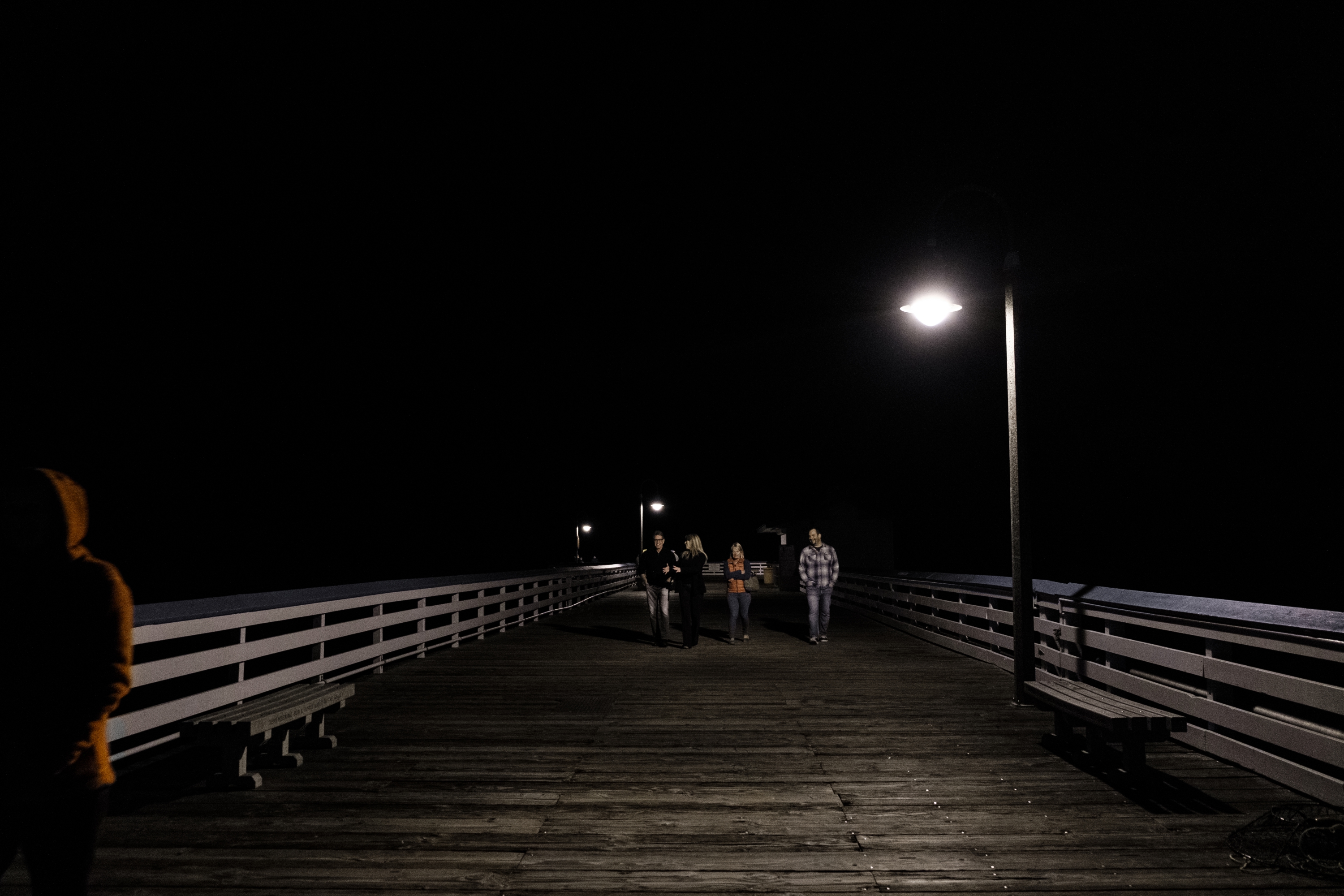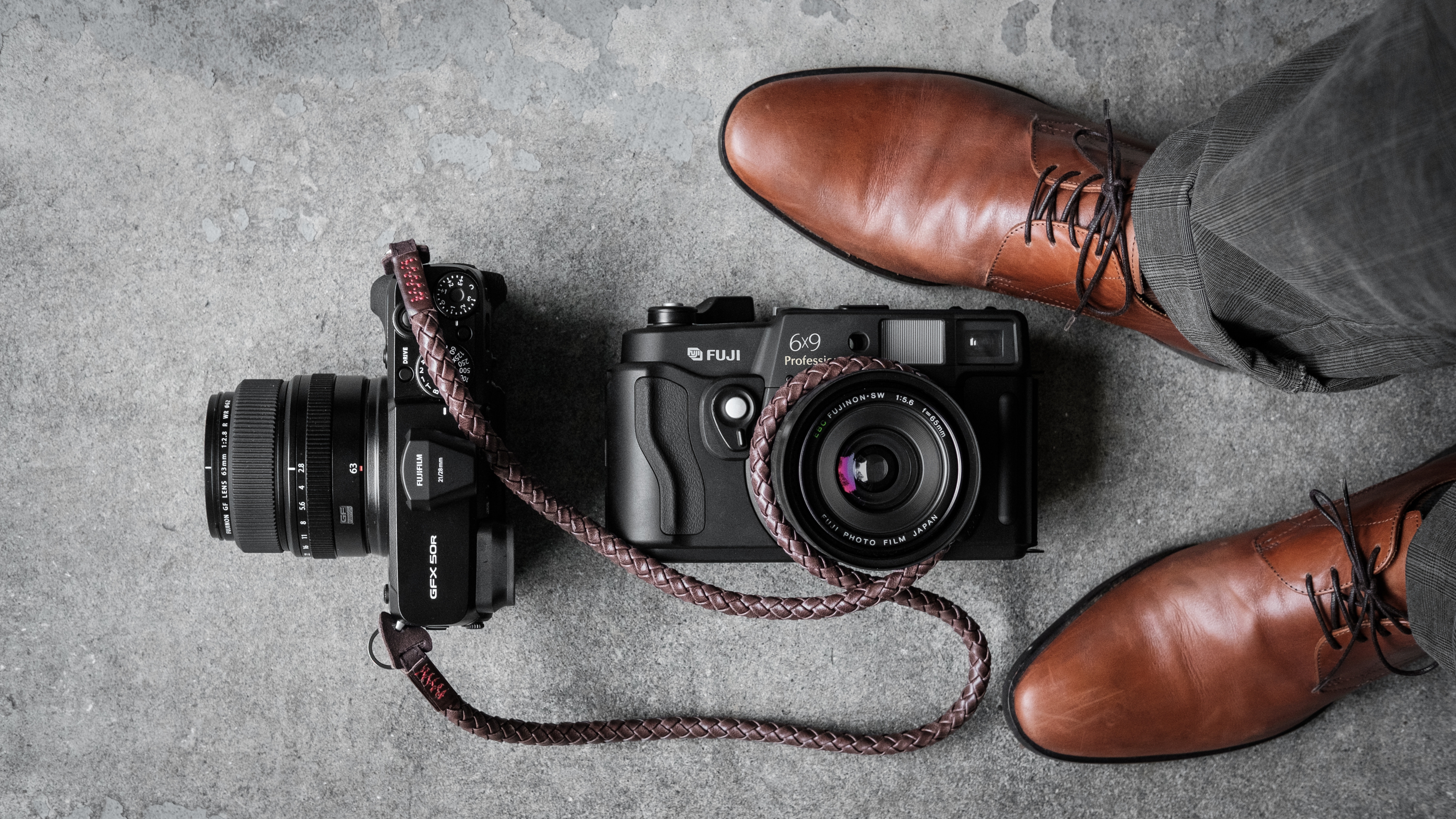Film versus digital. This debate is something I’ve encountered in various photographic communities over many years. For digital photographers the argument is often about technology and convenience. For film photographers it’s often about slowing down and getting back to the basics. As a long time photographer who’s had the opportunity to work in the industry for almost 25 years, I have my own view.I started with analogue, survived through the transition from film to digital, and now seeing the resurgence of film photography again. I don’t believe one medium is ‘better’ than the other, no more than I believe that a specific tool can make one a better chef, woodworker or painter. My bet is on the photographer, not the camera or preferred medium. I honestly don’t care what I shoot with as long as I get the look I want. Sometimes the right aesthetic is with film, other times it’s with digital. On my latest trip to San Clemente California to attend a film photography conference, I decided to re-visit the famous San Clemente Pier. The first time I visited this spot back in 2017 I shot during the day and mostly with film. On my most recent visit I shot mostly at night and with digital. Which images do you like better? Let me explain my process and my reason for choosing either film or digital behind these images .
There is something about film photography that feels magical. A process that doesn’t need electronics, doesn’t need batteries, just a chemical reaction to light. Of course many film cameras take batteries, but it’s not a necessary part of the film process, it just makes some functions more convenient (like auto film advance). I’m not a purist, so I don’t really care if I shoot with a autofocus point and shoot, a fully mechanical Leica rangefinder, or a full fledge powerful SLR with a motor drive. Not being able to see the image soon after I’ve taken the shot helps me to focus on the moment, not what I just took a second before. I also learn to trust my gear, trust my skills and trust my eyes. I take one shot and I move on. Yes I have the advantage of shooting professionally with film for years, but you don’t need to shoot for years to be proficient shooting film.
The thing I love the most about film is that it’s less about technology and more about the film and the optics. The film camera body is just a light tight box with springs and gears. In fact, there are die hard pinhole camera shooters, so for them there’s no glass involved, just the film. Each film has a specific aesthetic, and it’s reasonably predictable. I know what I’ll get when I shoot with Kodak Tri-X versus Fujifilm Pro 400H. I can already imagine the shot before I even take it. I rely on the predictability of the film. The majority of these images were taken with Kodak Portra 400, and you can see the consistency of how the film gives a specific look and feel. That’s what I love about shooting with film. It’s like swapping out your digital sensor every 36 frames. It’s basically a pre-filter that you can’t change. When that film is loaded, that’s how you have to imagine your shots in your mind.
I prefer shooting with film during the day because I feel that shooting between ISO 100 to 800 is best shot on film. The grain isn’t an issue since there’s so much light, and where there is grain, it just adds to the aesthetic (that’s why even digital cameras give you the option to add film grain). I also prefer shooting in colour during the day because I like the colour that film can produce. There’s a reason why Fujifilm currently sells chemicals to the cosmetic industry, because they understand colour on a physical substrate. A particular red across someone’s cheek bone or a specific blue across the blue sky on a film negative, Fujifilm are experts in colour. Colour in the digital realm is tricky. Depending on what device you are using to view your digital image, the colour shifts. As well, during editing and post processing, it’s hard to keep your colour consistent with various factors. Sometimes when you revisit an old image, you decide to re-process it with a different colour and contrast, and perhaps you make 4 or 5 different versions of the same image. With film, the overall aesthetic is consistent. If you shoot Pro 400H or ACROS 100, that’s what you’ll get because that’s what the film gives you. Of course you can always adjust after you scan the negative, but in general I don’t shift colour with my film scans, and I print most of my images, so I know what to look for and what I want to see.
Moving on to digital, nobody can deny the convenience and efficiency of shooting in this medium. Especially when you’re shooting at night and at high ISO (3200 and above), my choice is always digital. I don’t shoot any differently when I shoot digital versus film, but I know I have more flexibility with digital. First of all, I don’t need to pre select a film type before shooting. One of the reason why I love shooting Fujifilm digital is because this company understands colour and film aesthetics. Each film simulation does remind me specific film types (although not the same) and being able to see it in real time is a treat. However, I try not to let that be my crutch, as my ability to imagine my shot is still better than shooting first and then chimping to see if I can actually execute my vision. I trust myself and my vision more than what the LCD screen tells me. Even though I shoot RAW, I’ve already decided ahead of time which of one or two film simulations I will eventually add in editing.
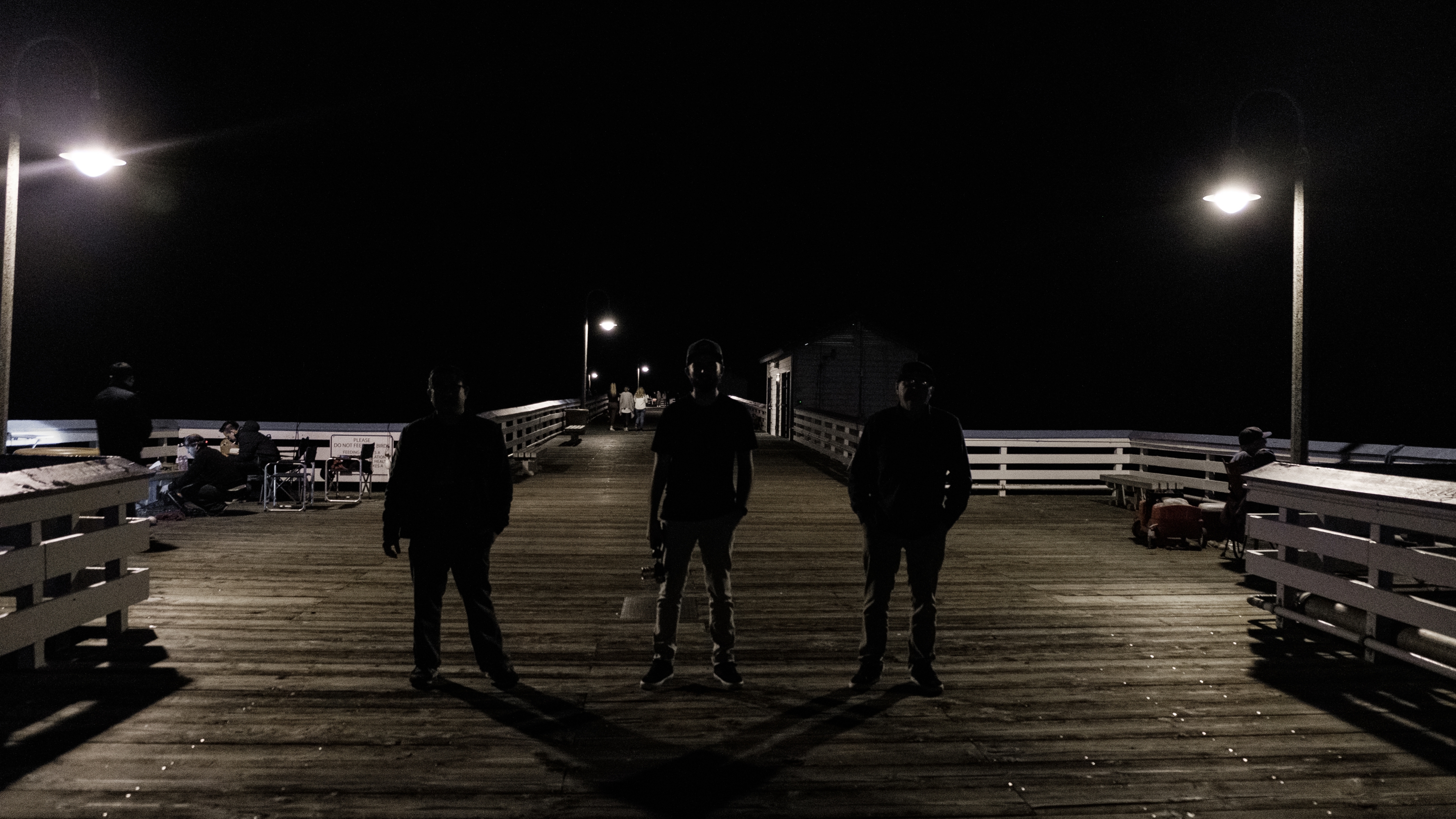
Fujifilm X-T3 with XF 18-55mm f/2.8-4 @ 18mm. Iso 3200 with Pro Neg Std film simulation. Portrait of (left) Mike Padua, Matt Day, J. Grant Brittain
When I shoot at night, I hate looking at my EVF or LCD after the shot as it breaks my groove. I always meter first, take a shot to confirm exposure, and then once I’m shooting I focus on creating and constructing my image. I look for pockets of light and hints of movement coming out of the darkness. Since I know my digital camera can handle high ISO and that the RAW files can pull out as much detail as I want in post, I don’t worry about the settings. I trust my gear. Yes after I finish shooting there’s more work in editing and post processing, and I guess that’s the biggest hassle when shooting digitally. There’s a lot of fiddling in post, and I spend more time than I wish sitting at my desk starring at a screen.
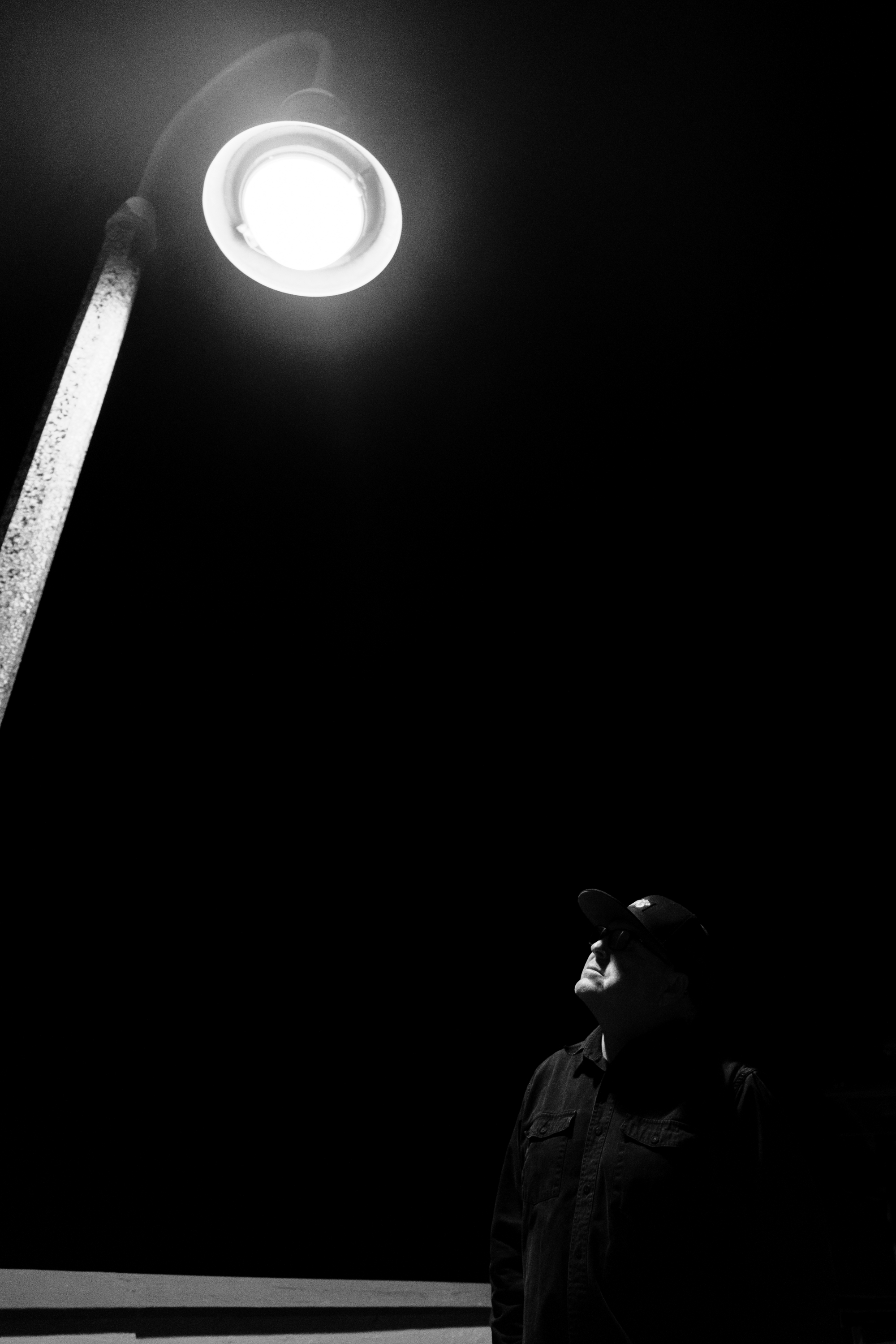
Fujifilm X-T3 with XF 18-55mm f/2.8-4 @ 18mm. ISO 3200 with ACROS R film simulation. Portrait of J. Grant Brittain.
My conclusion about shooting film versus digital? I love shooting with both mediums. One gives me more creative control over the image, and the other allows me to focus less on technicalities and be in the moment. You can make digital as simple as you want, and you can complicate your film photography as much as you want as well. However for me this is my workflow. I get my negs developed and scanned and pretty much leave the scans as close to original as possible. For digital, the digital files often sit on my hard drive for a while until I force myself to go through it and sift through the images. However, I do like the creative control in post.
Other than all these technical and artistic reasons why I shoot film or digital, there is the matter of the equipment itself. Many film photographers gravitate towards Fujifilm cameras, and vice versa. The reason? Form and function. Fujifilm cameras look, feel and shoot like film cameras. It’s a more pure experience, much like shooting with a digital Leica rangefinder. You feel more connected to your camera. How you feel while shooting is very important. Whether I’m shooting with a film camera or digital, I want my camera to feel like an extension of my eyes and hands. Neither wise men nor fools can work without tools, so no matter what I have in my hands, I want to use my photographic tools with the skills of a craftsman but with the vision of an artist. Moreover, I don’t believe in digital versus film, it’s digital AND film. In fact, I believe both film and digital need each other for survival as we go through another major transition in the photographic industry: the shift towards smartphone photography. Let’s save this for another conversation (although I talk about it a bit in a previous article here). For now, thanks for reading and happy shooting.



